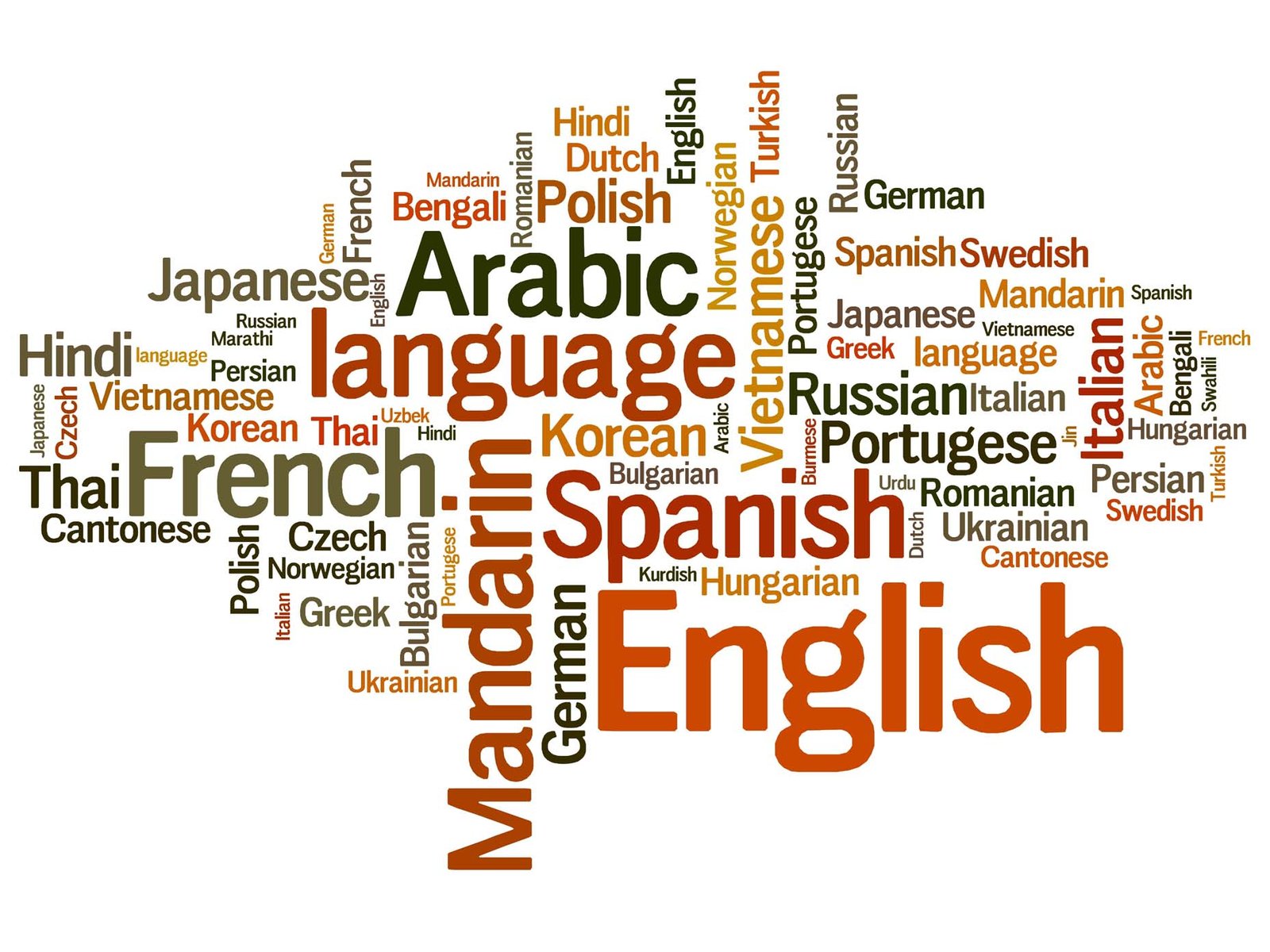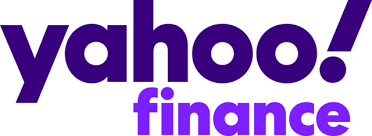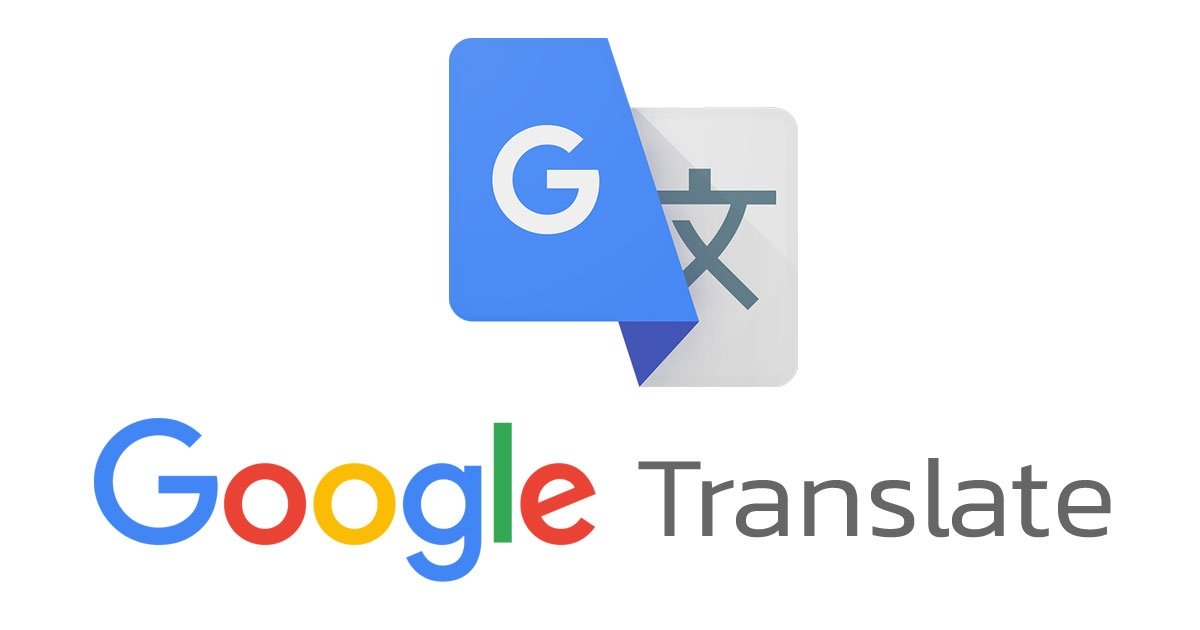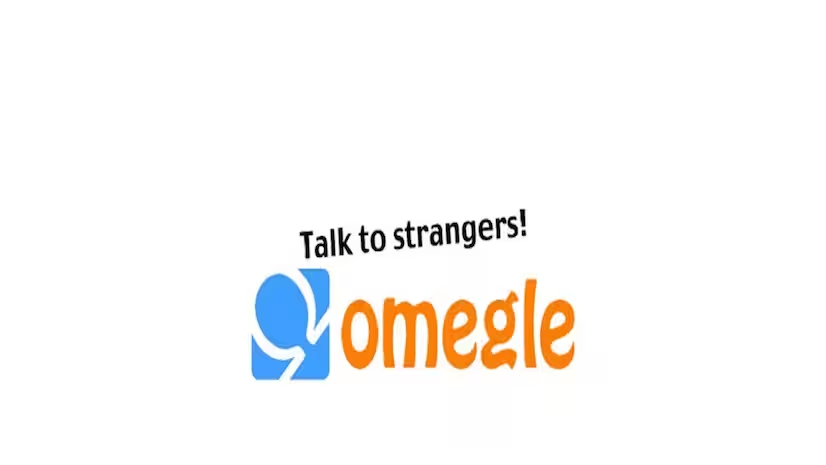In a world where communication knows no bounds, the ability to translate languages is an invaluable skill that bridges cultures, connects people, and fosters understanding. From ancient times to the digital age, translation has played a pivotal role in shaping human interaction, commerce, and diplomacy. In this article, we delve into the art and science of language translation, exploring its significance, challenges, and evolution in a rapidly globalizing world.
The Significance of Translation
Translation serves as a gateway to the vast tapestry of human experience, enabling individuals to access knowledge, literature, and perspectives beyond their linguistic borders. It facilitates cross-cultural exchange, facilitating trade, diplomacy, and collaboration on a global scale. Without translation, the world would be fragmented, with barriers separating people based on language, hindering progress and understanding.
The Art of Translation
At its core, translation is an art form that requires not just linguistic proficiency but also cultural sensitivity, creativity, and empathy. Translators are not mere conveyors of words; they are storytellers, tasked with capturing the essence and nuances of one language and faithfully rendering them into another. This process involves understanding the cultural context, idiomatic expressions, and subtle nuances that may not have direct equivalents in the target language.
A skilled translator possesses a deep understanding of both source and target languages, allowing them to navigate linguistic intricacies and convey meaning accurately. They must be adept at deciphering complex texts, interpreting idioms, and preserving the tone and style of the original work. Like a painter with a palette of colours, translators select words and phrases that best capture the essence of the source text while resonating with the target audience.
The Science of Translation
While translation is undoubtedly an art, it is also grounded in principles of linguistics, cognitive science, and technology. Modern translation tools leverage algorithms and machine learning to assist translators in their work, streamlining the process and enhancing efficiency. Machine translation systems such as Google Translate and DeepL have revolutionized the field, enabling instant translations of vast amounts of text with remarkable accuracy.
These technologies, however, are not without limitations. While they excel at translating straightforward sentences and common phrases, they often struggle with context, nuance, and ambiguity. Language is inherently complex, shaped by cultural norms, historical context, and subtle nuances that algorithms may struggle to grasp. As such, while machine translation has its place, human translators remain indispensable for tasks that require nuance, cultural understanding, and creativity.
Challenges in Translation
Despite its importance, translation is not without its challenges. One of the fundamental hurdles is the inherent ambiguity and fluidity of language. Words and phrases often carry multiple meanings depending on the context, making accurate translation a complex endeavour. Idioms, cultural references, and wordplay pose further challenges, requiring translators to navigate cultural differences and linguistic subtleties.
Additionally, translating literary works presents unique challenges, as capturing the author’s style, tone, and voice requires a deep understanding of both the source and target languages. Translators must strike a delicate balance between fidelity to the original text and readability in the target language, often making difficult choices to convey meaning while preserving the integrity of the work.

The Future of Translation
As technology continues to advance, the landscape of translation is evolving rapidly. Neural machine translation models are becoming increasingly sophisticated, surpassing earlier approaches in accuracy and fluency. However, the human element remains essential, particularly in domains where cultural sensitivity, creativity, and subjectivity are paramount.
In the future, we can expect to see greater integration of human expertise with machine learning algorithms, enabling translators to leverage the benefits of automation while retaining control over the creative process. Additionally, as global communication becomes more interconnected, the demand for translation services will continue to grow, opening up new opportunities for collaboration and cultural exchange.
Conclusion
Translation is both an art and a science, blending linguistic expertise with cultural understanding and technological innovation. As the world becomes increasingly interconnected, the importance of translation in facilitating communication and fostering understanding cannot be overstated. Whether it’s bridging language barriers, unlocking new literary worlds, or facilitating global commerce, translation remains a powerful force for bringing people together across linguistic divides. As we navigate the complexities of an ever-changing world, let us continue to celebrate the art and science of translation, recognizing its profound impact on human communication and understanding.
Internal link: atzworld








